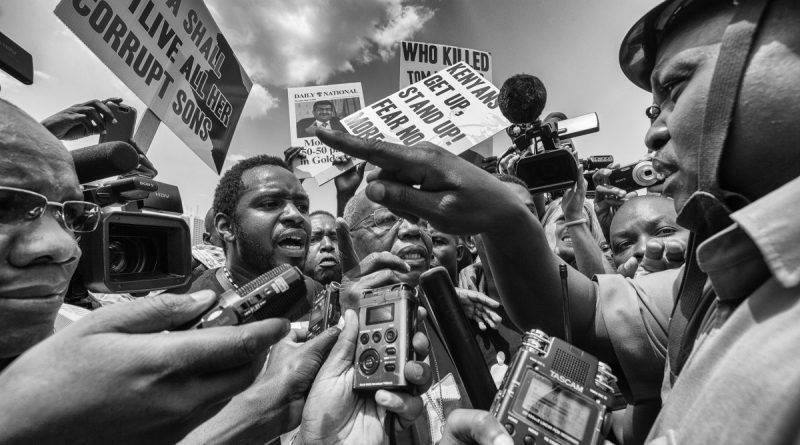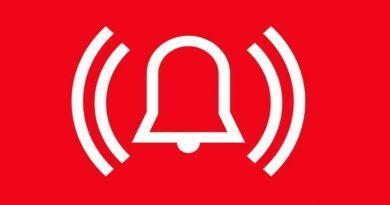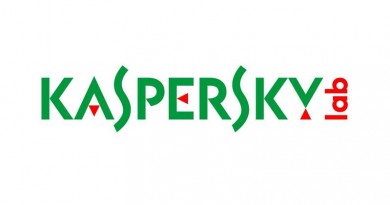The Hidden Issue: Why Your Media Monitoring Isn’t Working
Recently, media monitoring has emerged as a crucial resource for brands seeking to manage their public image, monitor press coverage, and assess public opinion. This practice enables companies to determine the frequency of their mentions across diverse platforms, offering valuable insights that inform future communication strategies. Nevertheless, numerous brands overlook the fact that even the most sophisticated media monitoring tools possess inherent limitations, especially regarding the tracking of mentions on websites with poor Search Engine Optimization (SEO) rankings. This misunderstanding can result in brands overlooking significant mentions or erroneously attributing coverage gaps to their media monitoring partners.
Media monitoring is significantly influenced by the algorithms employed by search engines and the optimization status of the monitored websites. Search engines, such as Google, favor websites with high SEO ratings—indicating that these sites regularly update their content, attract substantial traffic, and effectively utilize relevant keywords. Consequently, articles and mentions from well-ranked websites are promptly identified and easily captured by monitoring tools. In contrast, websites with low SEO rankings—often smaller or specialized news blogs—may experience their content being obscured or delayed in visibility, presenting challenges for media monitoring agencies striving to track every brand mention.
The intricacies of SEO can greatly influence the ability of media monitoring tools to capture brand mentions. Numerous low-SEO websites often fail to implement optimal search engine optimization practices; they may be deficient in essential elements such as meta descriptions, structured data, or adequate backlinks, all of which are vital for enhancing a site’s online visibility. Consequently, even if a news article is published on such a platform, it may not be promptly identified by conventional media monitoring tools. This situation is becoming increasingly prevalent in nations like Nigeria and other African countries, where the media environment encompasses a wide range of digital platforms with differing degrees of SEO effectiveness. For public relations professionals and communication experts, it is crucial to comprehend how these algorithmic subtleties can influence the identification and reporting of brand mentions.
A pertinent case study exemplifies this issue. Recently, a prominent telecommunications company in Nigeria raised concerns with its media monitoring agency regarding an unaccounted brand mention on a relatively obscure news blog with a low SEO ranking. Upon receiving the inquiry, the agency promptly initiated an investigation into the matter. They utilized their media monitoring tools, which typically cover a broad spectrum of websites, yet still found no reference to the brand. Following this, they conducted a manual search but again encountered no results. However, upon directly accessing the news blog in question, they ultimately discovered the overlooked story. The challenge was not due to any lack of effort or capability on the agency’s part, but rather stemmed from the website’s low SEO ranking.
The news blog’s content suffered from low SEO, resulting in ineffective indexing by search engines and leading to its complete omission by media monitoring tools. This situation highlighted that mentions on similarly low-SEO sites may not be detected promptly after they are published. It emphasized the necessity for brands to comprehend the constraints of media monitoring tools and the significant role SEO plays in content visibility.
For brands, this case study serves as an educational opportunity: grasping the fundamental algorithms that influence media monitoring can mitigate unfounded criticisms and promote a more cooperative relationship with their monitoring partners. It also underscores the need for clear communication with agencies, an understanding of technological limitations, and the acknowledgment that, despite their sophistication, media monitoring tools are not without flaws.
Ultimately, the objective is to reconcile brand expectations with the capabilities of media monitoring technologies. Brands must understand that while optimizing monitoring strategies is feasible, certain challenges—such as those posed by low-SEO websites—necessitate additional manual effort and patience. By recognizing these limitations, brands can cultivate a more productive dialogue with their media monitors, ensuring that their narratives are captured as thoroughly as possible.
SOURCE: – Phillip Odiakose
Philip Odiakose is a leader and advocate of Media Monitoring, PR measurement and evaluation in Nigeria. He is also the Chief Media Analyst at P+ Measurement Services, a member of AMEC




